با API تشخیص جوهر دیجیتال کیت ML، میتوانید متن دستنویس را تشخیص دهید و حرکات را روی سطح دیجیتال به صدها زبان طبقهبندی کنید، و همچنین طرحها را طبقهبندی کنید. API تشخیص جوهر دیجیتال از همان فناوری استفاده می کند که تشخیص دست خط را در Gboard، Google Translate و Quick, Draw تقویت می کند! بازی
تشخیص جوهر دیجیتال به شما امکان می دهد:
- به جای تایپ کردن روی صفحه کلید مجازی روی صفحه بنویسید. این به کاربران امکان میدهد نویسههایی مانند ệ، अ یا 森 برای صفحهکلیدهای الفبای لاتین ترسیم کنند که در صفحهکلیدشان موجود نیست.
- عملیات اصلی متن (ناوبری، ویرایش، انتخاب و غیره) را با استفاده از حرکات حرکتی انجام دهید.
- اشکال و شکلک های طراحی شده با دست را تشخیص دهید.
تشخیص دیجیتال جوهر با حرکاتی که کاربر روی صفحه می کشد کار می کند. اگر نیاز به خواندن متن از تصاویر گرفته شده با دوربین دارید، از Text Recognition API استفاده کنید.
تشخیص جوهر دیجیتال کاملاً آفلاین کار می کند و در Android و iOS پشتیبانی می شود.
قابلیت های کلیدی
- متن دست نویس را به دنباله ای از کاراکترهای یونیکد تبدیل می کند
- تقریباً در زمان واقعی روی دستگاه اجرا می شود
- دست خط کاربر روی دستگاه می ماند، تشخیص بدون اتصال به شبکه انجام می شود
- پشتیبانی از بیش از 300 زبان و بیش از 25 سیستم نوشتاری، لیست کامل زبان های پشتیبانی شده را ببینید
- از طبقهبندی ژستها برای این زبانها از طریق پسوند
-x-gestureپشتیبانی میکند
- از طبقهبندی ژستها برای این زبانها از طریق پسوند
- ایموجی ها و اشکال اصلی را تشخیص می دهد
- با بارگیری پویا بسته های زبان در صورت نیاز، فضای ذخیره سازی روی دستگاه را کم نگه می دارد
شناساگر یک شی Ink را به عنوان ورودی می گیرد. Ink نمایش برداری از چیزی است که کاربر روی صفحه نوشته است: دنباله ای از ضربه ها ، که هر کدام فهرستی از مختصات با اطلاعات زمانی به نام نقاط لمسی هستند. سکته مغزی زمانی شروع میشود که کاربر قلم یا انگشت خود را پایین میآورد و زمانی که آن را بالا میبرد به پایان میرسد. Ink به یک شناسه دهنده ارسال می شود، که یک یا چند نتیجه تشخیص احتمالی را با سطوح اطمینان برمی گرداند.
مثال ها
دستخط انگلیسی
تصویر سمت چپ زیر آنچه را که کاربر روی صفحه کشیده است نشان می دهد. تصویر سمت راست شی Ink مربوطه است. این شامل سکته مغزی با نقاط قرمز نشان دهنده نقاط لمسی در هر ضربه است.
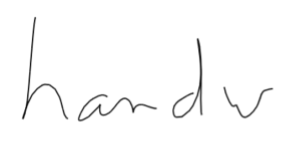
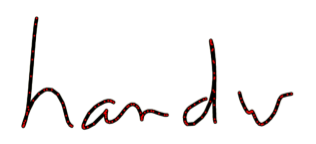
چهار ضربه وجود دارد. دو ضربه اول در شی Ink به این صورت است:
| جوهر | ||
|---|---|---|
| سکته مغزی 1 | x | 392, 391, 389, 287, ... |
y | 52، 60، 76، 97، ... | |
t | 0، 37، 56، 75، ... | |
| سکته مغزی 2 | x | 497، 494، 493، 490، ... |
y | 167، 165، 165، 165، ... | |
t | 694، 742، 751، 770، ... | |
| ... | ||
هنگامی که این Ink به یک شناسهدهنده زبان انگلیسی میفرستید، چندین رونویسی ممکن شامل پنج یا شش کاراکتر را برمیگرداند. آنها با کاهش اعتماد به نفس سفارش می شوند:
| نتیجه شناخت | |
|---|---|
| شناخت نامزد شماره 1 | دست |
| شناخت نامزد شماره 2 | handrw |
| شناخت نامزد شماره 3 | سخت |
| شناخت نامزد شماره 4 | دست |
| شناخت نامزد شماره 5 | handwe |
حرکات
طبقهبندیکنندههای ژست، حرکت جوهر را به یکی از نه کلاس حرکتی که در زیر فهرست شدهاند، طبقهبندی میکنند.
arch:abovearch:below |  |
caret:abovecaret:below |  |
circle |  |
 | |
scribble |  |
strike |  |
verticalbar |  |
writing |  |
طرح های ایموجی
تصویر سمت چپ زیر آنچه را که کاربر روی صفحه کشیده است نشان می دهد. تصویر سمت راست شی Ink مربوطه است. این شامل سکته مغزی با نقاط قرمز نشان دهنده نقاط لمسی در هر ضربه است.
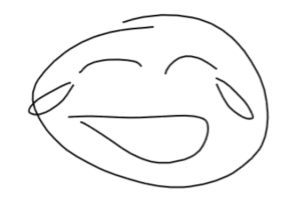
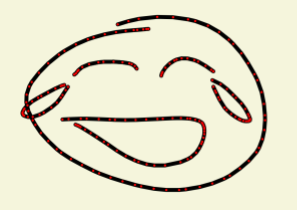
شی Ink شامل شش ضربه است.
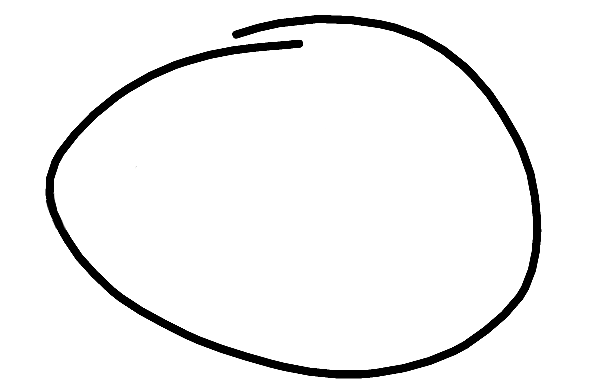


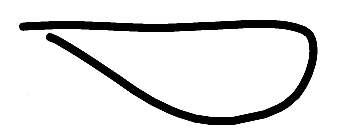

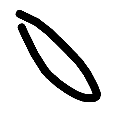
| جوهر | ||
|---|---|---|
| سکته مغزی 1 | x | 269، 266، 262، 255، ... |
y | 40، 40، 40، 41، ... | |
t | 0، 36، 56، 75، ... | |
| سکته مغزی 2 | x | 179، 182، 183، 185، ... |
y | 157، 158، 159، 160، ... | |
t | 2475, 2522, 2531, 2541, ... | |
| ... | ||
وقتی این Ink به شناسهی شکلک ارسال میکنید، چندین رونویسی ممکن را دریافت میکنید که با کاهش اطمینان مرتب شدهاند:
| نتیجه شناخت | |
|---|---|
| شناخت نامزد شماره 1 | 😂 (U+1f62d) |
| شناخت نامزد شماره 2 | 😅 (U+1f605) |
| شناخت نامزد شماره 3 | 😹 (U+1f639) |
| شناخت نامزد شماره 4 | 😄 (U+1f604) |
| شناخت نامزد شماره 5 | 😆 (U+1f606) |

